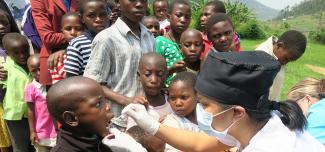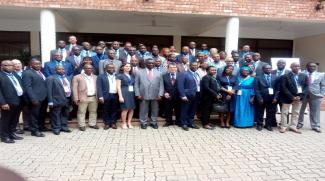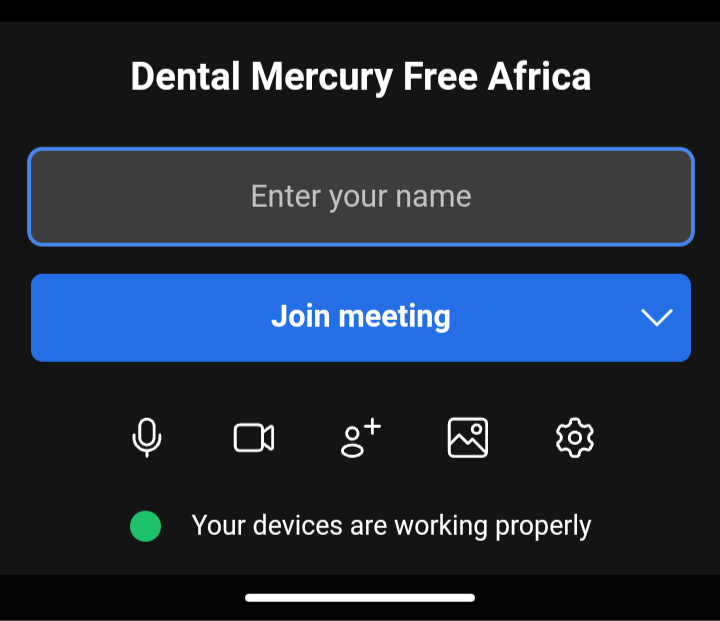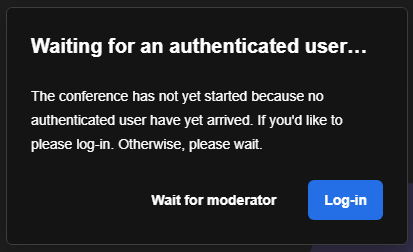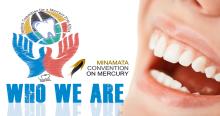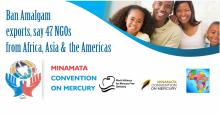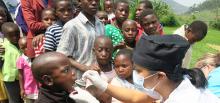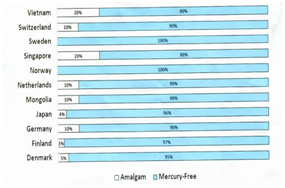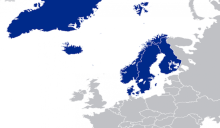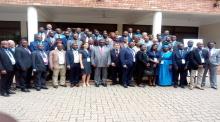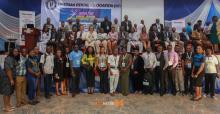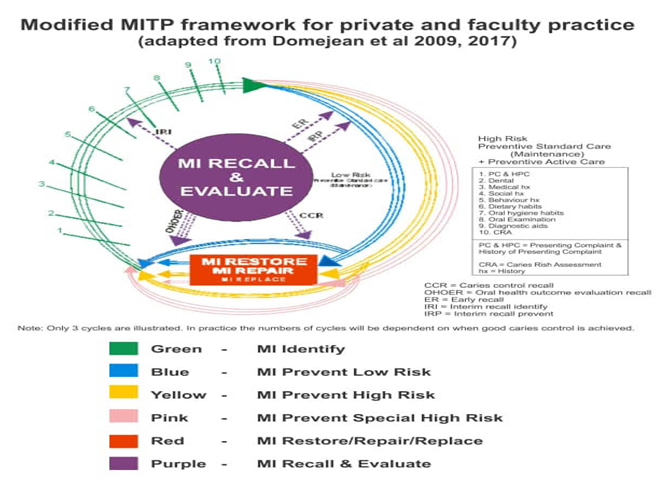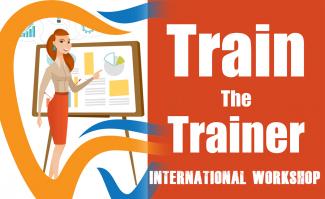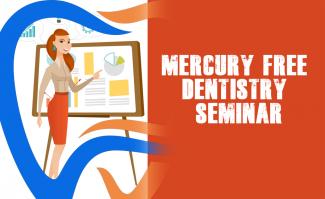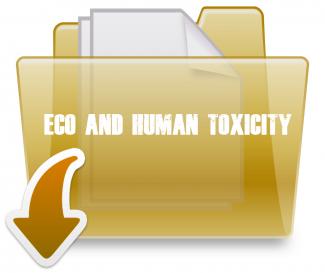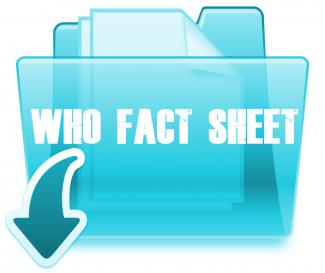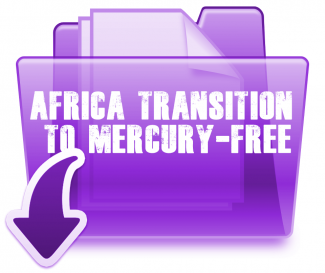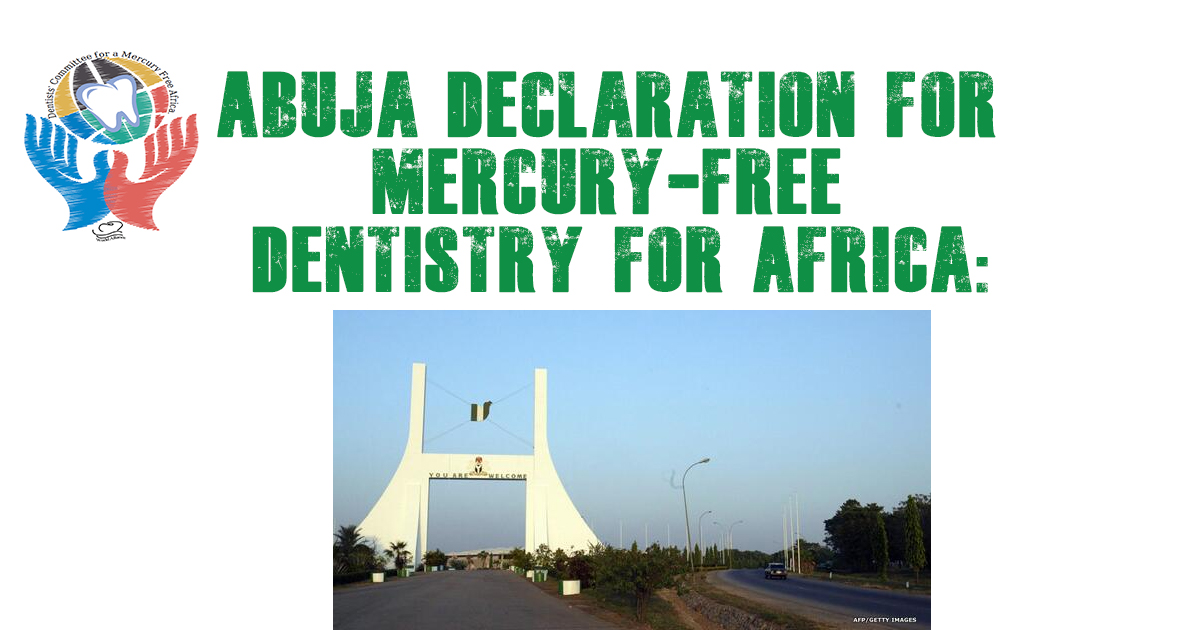
Africa Shall Be the 1st Continent To Phase Out Amalgam
The West African Summit on Phasing Out Amalgam was held in Abuja on 20 May 2014, bringing together NGO leaders from the ECOWAS nations of Benin, Côte d’Ivoire, Ghana, Nigeria, and Senegal, plus also from Tanzania. They adopted the Abuja Declaration, then invited NGO leaders from across Africa to join as signatories.
Cognisant of the fact that mercury, which is used in dental amalgam, is a restorative material that is approximately 50% elemental mercury,1 and is a notorious heavy metal of global concern that is known to be a potent poison of the human nervous system.2
Aware that dental mercury accounts for 10% of annual global mercury consumption3 and 260-340 metric tons of mercury pollution around the world each year.4
Knowing that dental mercury enters the environment via many release pathways, polluting air via cremation, dental clinic releases, and sewage sludge incineration; water via human waste and dental clinic releases to septic systems and municipal wastewater; and soil via landfills, burials, and fertilizer.5
Understanding that once dental mercury is in the environment, bacteria in soils and sediments may convert it to methylmercury,6 “a highly toxic form that builds up in fish, shellfish and animals that eat fish, thereby making fish and shellfish the main sources of methylmercury exposure to humans.
Aware of existence of significant literature that show that methylmercury can damage children’s developing brains and nervous systems even before they are born.â€7
Recognising that in the dental workplace, uncontrolled mercury vapours are a major occupational risk, especially to young women of childbearing age,8and that amalgam is not consistent with modern dentistry; unlike less invasive mercury-free filling materials, amalgam placement requires the removal of a substantial amount of healthy tooth matter, which weakens the tooth structure and can lead to more expensive dental care later. 9
Recalling that throughout the Minamata Convention negotiations, the Africa Region worked very hard to make sure that reduction in dental amalgam use specifically be included in the treaty, forcefully arguing for the phase out of amalgam generally and for an end to amalgam in milk teeth specifically.
Recalling further that at the crucial Pretoria regional consultation, 9th May 2012, the African Region boldly adopted a plan for dental amalgam – the phase-down steps – that coupled with subsequent amendments was enshrined into the treaty.
Applauding that the newly-adopted Minamata Convention on Mercury, the world recognizes that dental amalgam is a major environmental pollutant and requires each participating nation “to phase down the use of dental amalgam.â€10
Considering the fact that Mercury-free dental restorative materials are far less expensive than dental amalgam when environmental and societal costs are factored in.11
Considering further that the costs of using mercury-free glass ionomers for Atraumatic Restorative Treatment or ART (including retreatment) is about half the cost of amalgam without retreatment, making this mercury-free technique significantly more affordable in low-income communities, particularly in areas without electricity or dental clinics.12
Noting that mercury-free dental restorative materials are effective according to the World Health Organization report Future Use of Materials for Dental Restoration, which says “recent data suggest that RBCs [resin-based composites] perform equally well†as amalgam13 – and offer additional oral health benefits because “Adhesive resin materials allow for less tooth destruction and, as a result, a longer survival of the tooth itself.
Noting further that, this Abuja Declaration falls fully within the spirit of the Libreville Declaration on Health and Environment in Africa (August 2008)14.
Encouraged by the WHO’s call for funding agencies to take the initiative and encourage the replacement of amalgam as the material of choice for posterior teeth with adhesive systems.â€15
Regretting the fact that pro-amalgam lobby groups view the Minamata Convention as the chance to profiteer in Africa by actually phasing up amalgam by promoting expensive amalgam equipment, such as separators.
Cognisant of the fact that, separators have no value in Africa as there is no infrastructure to collect and store the mercury from dental offices.
We the NGOs that met in Abuja this 20th day of May 2014, call upon
- African Countries to declare that the children of Africa -- and all the people of Africa -- have a basic human right to mercury-free dental care and a mercury-free environment.
- African Countries to work together and make Africa the first continent with mercury-free dentistry – considering that the current amount of dental amalgam used in Africa is much closer to zero than in any other continent. In 2010, the Sub-Saharan African Region used just six (6) tons of dental mercury.16
- African nations to adopt effective amalgam phase down strategies that have been proven in nations that have already phased out or significantly reduced dental mercury use by:
-
- Raising awareness about dental mercury to parents, consumers, dental workers, health professionals, and educators.
-
- Promoting the benefits of non-mercury dental restorative materials,
-
- Encouraging government programs and insurance policies that favour non-mercury dental restorative materials,
-
- Training dental professionals to use non-mercury dental restorative materials and techniques,
-
- Discouraging amalgam use in milk teeth (primary teeth),
-
- Protecting dental workers from mercury vapours in the workplace,
-
- Developing a national plan setting goals for minimizing and eliminating amalgam use,
-
- Updating dental schools training to emphasize mercury-free dentistry, and
-
- Moving hospitals to mercury-free health care services.
- African Countries to impress upon the exporting nations and funding organisations to cease the toxic trade of dental mercury into Africa, and cease sending to Africa interest groups whose agenda is to phase up amalgam in Africa.
- African Countries to oppose Minamata Convention funds being used to profit the separator industry or other foreign manufacturing interests seeking to phase up amalgam use in Africa.
- African countries to reject the double standard mentality which infers that Africans must accept toxins that the rest of the world rejects.
- All African Governments, the African Union to form a united front for mercury-free dentistry in Africa.
- The CSOs to promote and advocate for, in their countries, mercury-free dentistry as a route of expanding oral health care especially children.
Signatories
GAPROFFA, Benin
JVE COTE D’IVOIRE, Côte d’Ivoire Ecological Restorations, Ghana SRADev Nigeria, Nigeria
PAN AFRICA, Senegal
AGENDA for Environment and Responsible Development (AGENDA), Tanzania Consumer Campaign Foundation, Nigeria
SEDI Nigeria, Nigeria CREPD, Cameroon
Propreté, Environnement et Santé "P.E.S.", Burundi
Environment, Human Rights Care and Gender Organization (ENVIROCARE), Tanzania Pesticide Action Network (PANeM), Mauritius
Uganda Network on Toxic Free Malaria Control (UNETMAC), Uganda
Tanzania Association of Public, Occupational and Environmental Health Experts (TAPOHE), Tanzania ASP (T) Network, Tanzania
The Movement for the Survival of the Ogoni People (MOSOP), Nigeria Foundation HELP, Tanzania
ECO-Ethics Kenya, Kenya
Tanzania Consumer Advocacy Society (TCAS), Tanzania Pesticide Action Nexus (PAN) Ethiopia, Ethiopia Environment Youth Action Network (EYAN), Ghana Gender and Environmental Right Initiative, Nigeria
Irrigation Training and Economic Empowerment Organization (IRTECO), Tanzania Friends of the Environment (FOTE), Nigeria
Earthlife Africa – Cape Town , South Africa
Institute for Zero Waste in Africa (IZWA), South Africa PSR Kenya, Kenya
Association pour la protection de l’environnement et le développement durable de Bizerte (APEDDUB), Tunisia Earthsavers Movement Uganda Chapter, Uganda
L'Association d'Education Environnementale et de Protection des Oiseaux au Maroc (SEEPOM), Morocco Development Indian Ocean Network (DION), Mauritius
Association de l'Education Environnementale pour les Futures Génération (AEEFG), Tunisia Pro-biodiversity Conservation in Uganda (PROBICOU), Uganda
groundWork, South Africa ADEC, Senegal
Action pour la Conservation de l'Environnement Et le Développement Durable (ACEDD), Mali AVD Kowa Murna, Niger
RNDD Niger, Niger
Organisation Pour l'Environnement et le Développement Durable OPED-TOGO, Togo
Centre Optionnel pour la Promotion et la Régénération Economique et Sociale Secteur Afrique (COPRESSA), Cameroon
1U.S. FDA, Final Rule for Dental Amalgam, http://www.fda.gov/downloads/MedicalDevices/ProductsandMedicalProcedures/DentalProducts/DentalAmalga m/UCM174024.pdf, p.86.
2 UNEP, http://www.unep.org/chemicalsandwaste/Mercury/tabid/434/Default.aspx (“Mercury is a notorious heavy metal of global concern and known to be a potent poison of the human nervous system since Greek and Roman times.â€)
3 UNEP/AMAP, Technical Background Report to the Global Atmospheric Mercury Assessment (2008), p.20
4 Data from UNEP.
5Concorde East West, The Real Cost of Dental Mercury (March 2012), http://www.zeromercury.org/index.php?option=com_phocadownload&view=file&id=158%3Athe-real-cost-of- dental-mercury&Itemid=70
6 http://www.epa.gov/hg/exposure.htm
7United States Environmental Protection Administration,http://yosemite.epa.gov/opa/admpress.nsf/d0cf6618525a9efb85257359003fb69d/a640db2ebad2 01cd852577ab00634848!OpenDocument (2010).
8 Mahmood A. Khwaja and Maryum Shabir Abbasi, Mercury Poisoning Dentistry: High level indoor air mercury contamination at selected dental sites. REVIEWS OF ENVIRONMENTAL HEALTH (New York Academy of Sciences, April 2014)
9 American Academy of Pediatric Dentistry, Guideline on Pediatric Restorative Dentistry (revised 2008) (“Amalgam restorations often require removal of healthy tooth structure to achieve adequate resistance and retention.â€); World Health Organization, FUTURE USE OF MATERIALS FOR DENTAL RESTORATION (2011), http://www.who.int/oral_health/publications/dental_material_2011.pdf, p.16 (“Adhesive resin materials allow for less tooth destruction and, as a result, a longer survival of the tooth itself. Funding agencies should take the initiative and encourage the replacement of amalgam as the material of choice for posterior teeth with adhesive systems.â€)
10 Minamata Convention (2013)
11 Lars D. Hylander & Michael E. Goodsite, Environmental Costs of Mercury Pollution, SCIENCE OF THE TOTAL ENVIRONMENT 368 (2006) 352-370; Concorde East West, The Real Cost of Dental Mercury (March 2012), pp.3-4
12 Pan American Health Organization, Oral Health of Low Income Children: Procedures for Atraumatic Restorative Treatment (PRAT) (2006), http://new.paho.org/hq/dmdocuments/2009/OH_top_PT_low06.pdf,
p.xii. (“The costs of employing the PRAT approach for dental caries treatment, including retreatment, are roughly half the cost of amalgam without retreatment. PRAT as a best practice model provides a framework to implement oral health services on a large scale, and it can reduce the inequities for access to care services.â€); S. Mickenautsch, I. Munshi, & E.S. Grossman, Comparative cost of ART and conventional treatment within a dental school clinic, JOURNAL OF MINIMUM INTERVENTION IN DENTISTRY (2009), http://www.miseeq.com/e-2- 2-8.pdf (“ART is also a cost-effective means of oral health care within a modern dental clinic. The ART approach can be undertaken at approximately 50% of the capital costs of conventional restorative dentistry.â€)
13 World Health Organization, FUTURE USE OF MATERIALS FOR DENTAL RESTORATION (2011),http://www.who.int/oral_health/publications/dental_material_2011.pdf, p.11
14 http://www.afro.who.int/fr/downloads/doc_download/2224-declaration-de-libreville-sur-la-sante-et- lenvironnement-en-afriquelibreville-le-29-aout-2008.html
15 World Health Organization, FUTURE USE OF MATERIALS FOR DENTAL RESTORATION (2011),http://www.who.int/oral_health/publications/dental_material_2011.pdf, p.16
16 AMAP/UNEP Technical Report for the Global Mercury Assessment†(2013), http://www.amap.no/documents/doc/technical-background-report-for-the-global-mercury-assessment-2013/848, at p. 103



